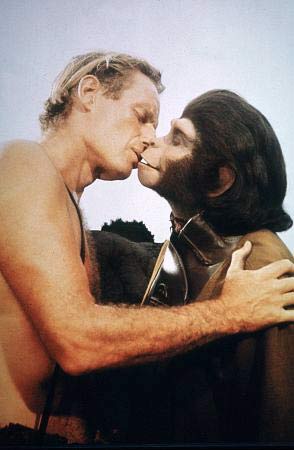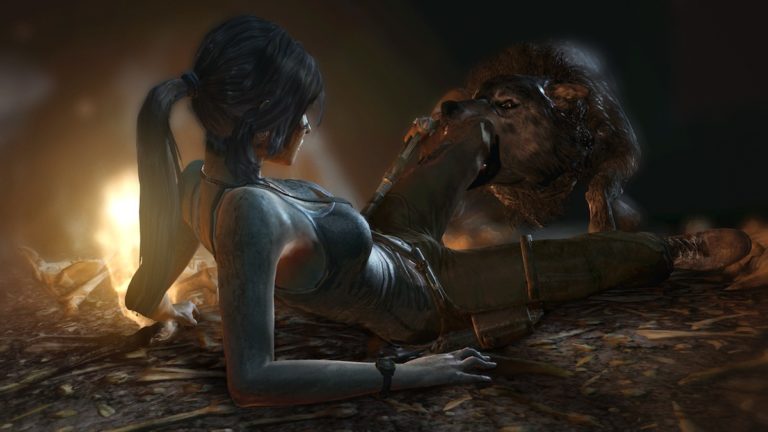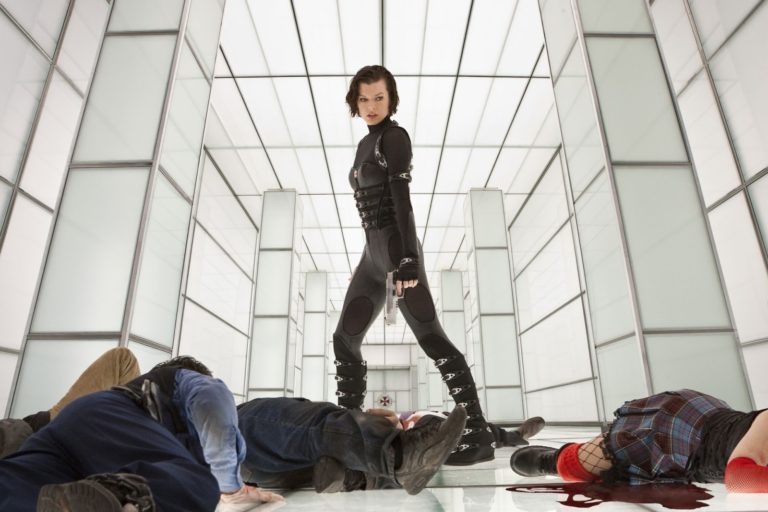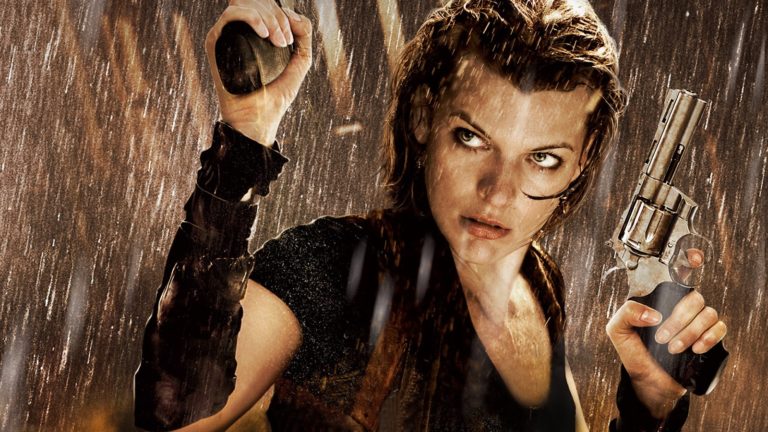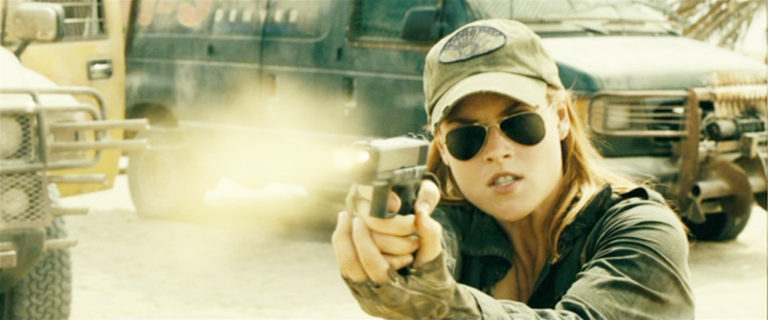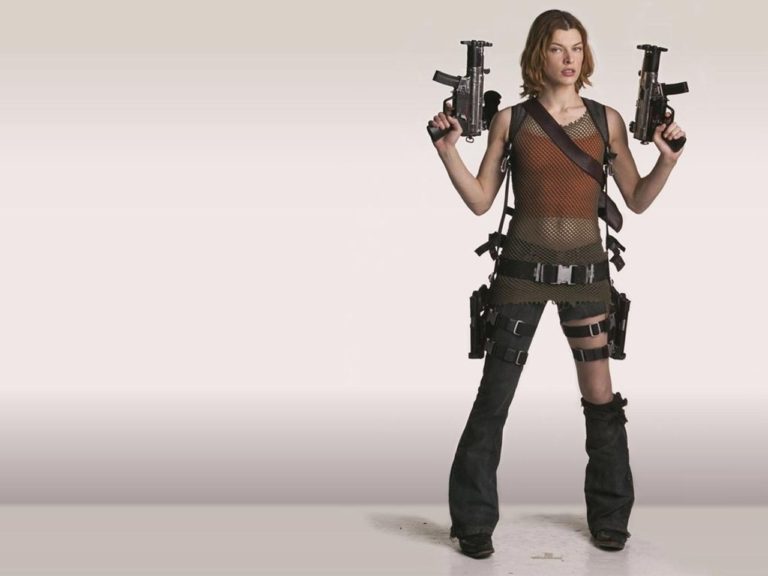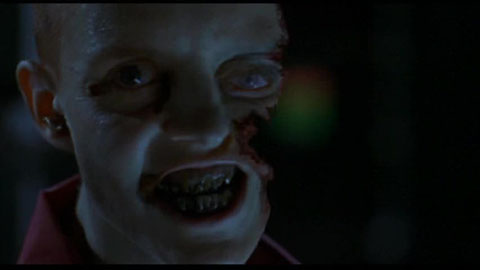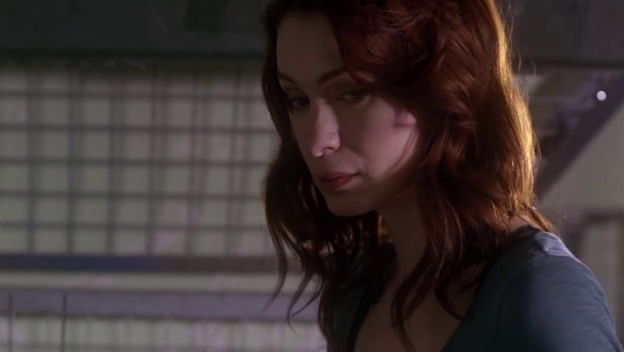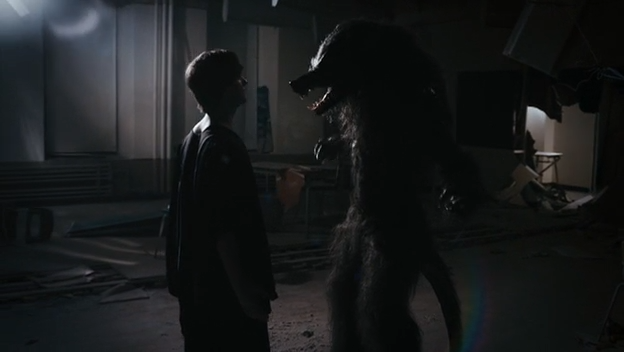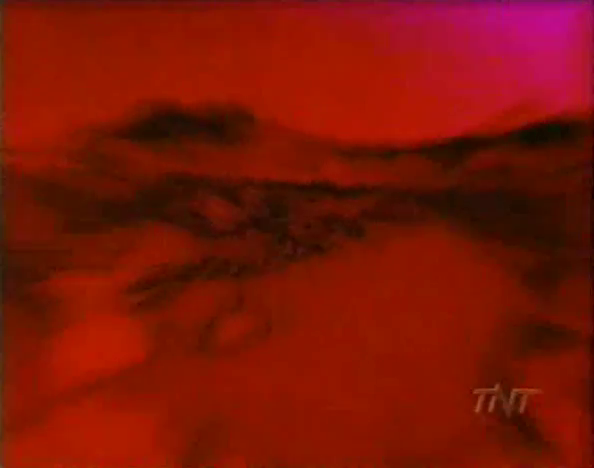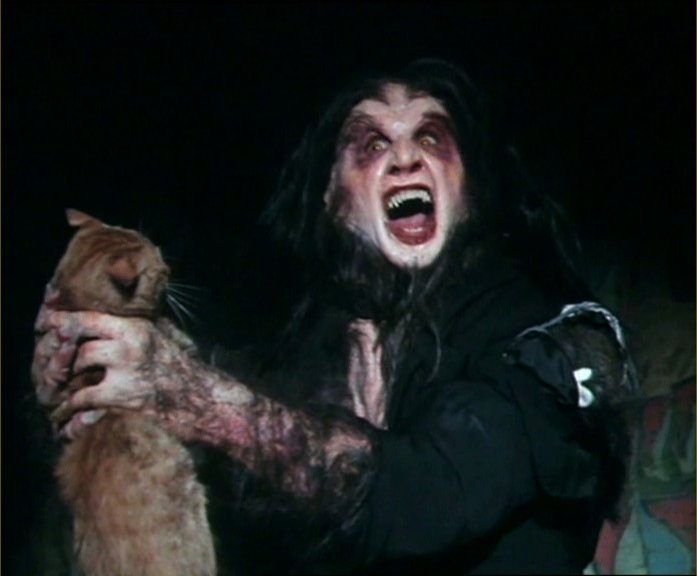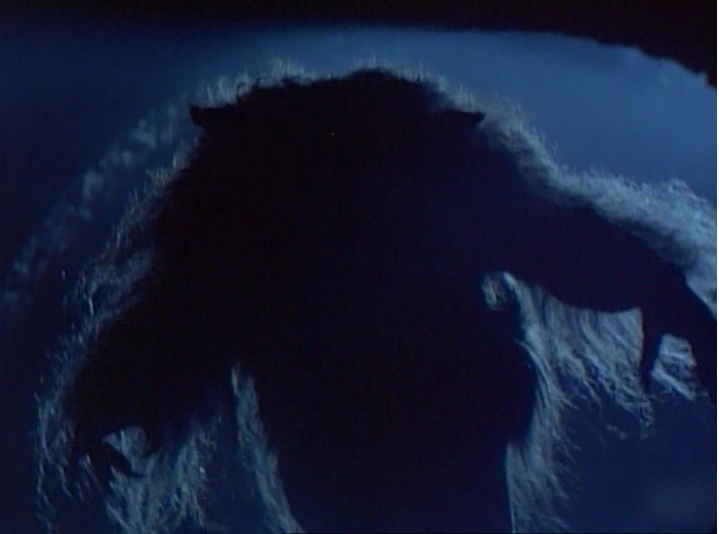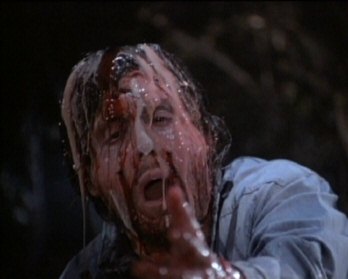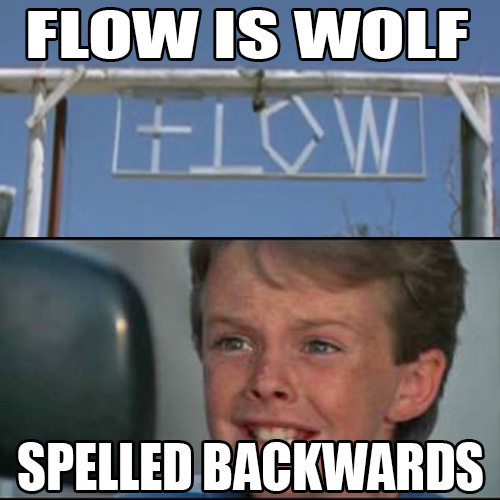It’s that time again! That’s right, it’s retrospectives time! The film franchise which we will be exploring...
reviews
I’ve never really had much interest in the Tomb Raider franchise. There was always a stigma of sexism...
Welcome back to part five of the Resident Evil retrospective! In this entry we’re going to cover the fifth...
Welcome back to part four of the Resident Evil retrospective! In this entry we’re going to cover the fourth...
Welcome back to part three of the Resident Evil retrospective! In this entry we’re going to cover the...
BREAKING NEWS!!! Microsoft has reversed its position on used games and online requirements!!! This is somewhat surprising, but...
Welcome back! As promised, this is the kick-off of our next retrospective series! This time we’re going...
Hey, it’s that time again, my weekly update! Unfortunately, it just so happens to have coincided with...
Welcome back for the 8th and final entry in The Howling retrospective! In this post we’re covering the...
Welcome back to part 7 of The Howling retrospective! In this entry, we’re going to focus on the seventh...
Welcome back to part 6 of The Howling retrospective! In this entry, we’re going to focus on the sixth...
Welcome back to part 5 of The Howling retrospective! In this entry, we’re going to focus on the...
Welcome back to part 4 of The Howling retrospective! In this entry, we’re going to tackle the fourth entry...
Welcome back to part 3 of The Howling retrospective! In this entry, we’re going to tackle the third...
